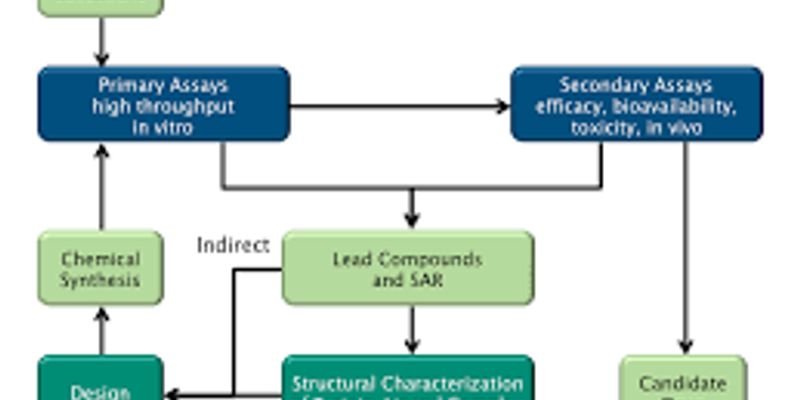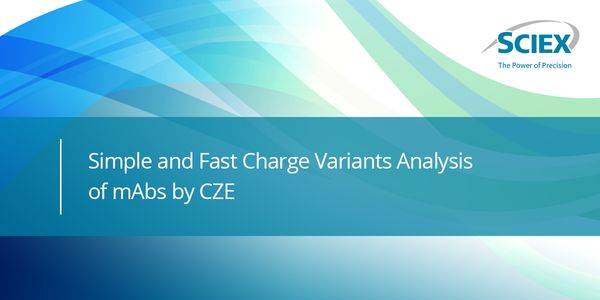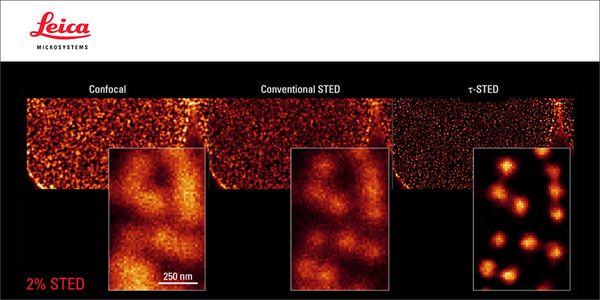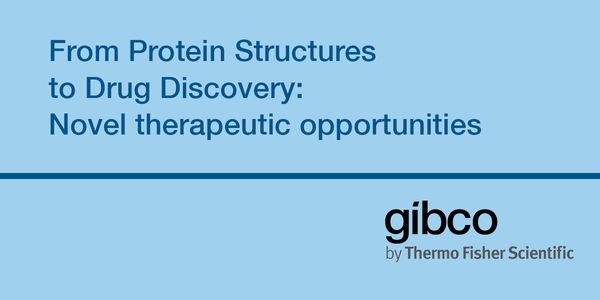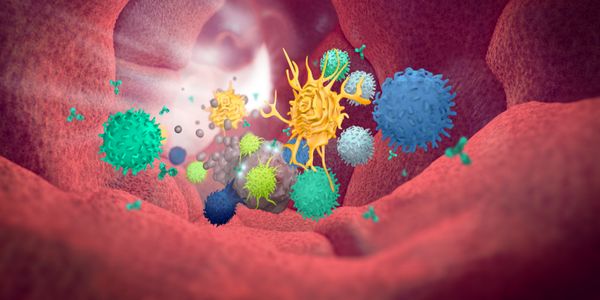Protein Characterization
Protein Characterization: involves the use of experimental methods that allow for the detection and isolation of a protein and its purification, as well as the characterization of its structure and function.
-
JAN 21, 2021 | 8:00 AMDate: January 21, 2021 Time: 8:00am (PST), 11:00am (EST) Today, critical reagent characterization is a key component in the overall workflow to establish robust ligand binding assays (e.g.,...DEC 10, 2020 | 8:00 AMDate: December 10, 2020 Time: 8:00am (PST), 11:00am (EST) As you face increasingly shortened timelines to bring new drugs to market, you find yourself strained to finalize analytical methods...DEC 09, 2020 | 8:00 AMDate: December 89 2020 Time: 8:00am (PST), 11:00am (EST) This talk introduces the Leica STELLARIS 8 τ-STED system where STED Nanoscopy meets Leica’s Fast Lifetime Contrast (FALCON)...DEC 09, 2020 | 7:00 AMDate: December 9, 2020 Time: 7:00am (PST), 10:00am (EST) In this talk we will discuss the new analytical approaches to characterize RNA molecules from small oligonucleotides to larger messen...This drug development program is designed to create a family of broad-spectrum, pan-coronaviral drugs that respectively inhibit multiple key enzymes required for viral replication. By target...
Antibody tests are important tools to assess the efficacy of vaccine candidates and to derive suitable vaccination modalities. High specificity and sensitivity are of great importance for th...
NOV 19, 2020 | 9:00 AM
DATE: November 19, 2020 TIME: 9:00am PT, 12am ET Knowledge of the three-dimensional structure of therapeutically relevant targets has become an essential step in the pipeline of drug discove...
NOV 19, 2020 | 8:00 AM
Date: November 19, 2020 Time: 8:00am PST, 11:00am EST Monoclonal antibody-based drugs have shown great potential as a treatment for several cancers. At Miltenyi Biotec, we offer a complete wo...
NOV 12, 2020 | 10:00 AM
Date: November 12, 2020 Time: 10:00am (PST), 1:00pm (EST) Fc receptor based affinity chromatography is a new emerging field of Fc functionality analytics. FcRn affinity columns separate anti...
Immunohistochemistry (IHC) is used to determine spatial relationships where we can identify the localization of target proteins in specific regions and cells of a tissue. IHC has been the go...
Ice formation is a global issue that poses serious challenges for many applications. Certain species in colder regions of the world have adapted to that climate by producing antifreeze (glyc...
Speaker:
John G. Tsavalas, PhD
Accurate characterization of monoclonal antibodies is essential to development of biotherapeutics. Thorough understanding of biotherapeutic properties aids in the optimization of bioprocess...
Speaker:
Brian Domanski
Immunohistochemistry (IHC) is used to determine spatial relationships where we can identify the localization of target proteins in specific regions and cells of a tissue. IHC has been the go...
Speaker:
Vivian Barry, MS
Presented at: Cancer Research & Oncology Week Virtual Event Series 2020
Sponsored By: Roche Diagnostics
Sponsored By: Roche Diagnostics
Tumor phenotypes are dictated not only by the neoplastic cell component, but also by the tumor microenvironment (TME), which is inherently immuno-suppressive, is equipped to hamper effector...
Speaker:
Dr. Sergio Rutella
Presented at: Cancer Research & Oncology Week Virtual Event Series 2020
Sponsored By: NanoString Technologies
Sponsored By: NanoString Technologies
RNA plays important and diverse roles in biology, but molecular tools to manipulate and measure RNA are limited. We demonstrate that RNA-targeting CRISPR effector Cas13 can be engineered for...
Speaker:
Omar Abudayyeh, PhD
, Jonathan Gootenberg, PhD
Presented at: CRISPR Virtual Event Series 2020
